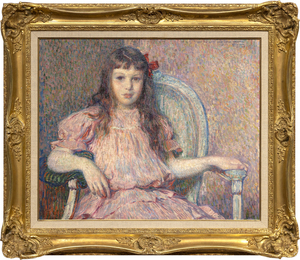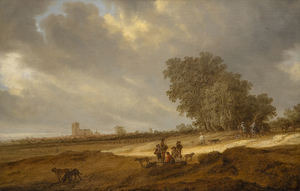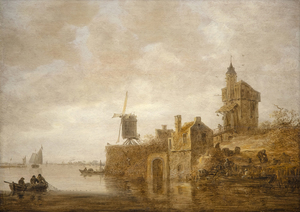Heather James Fine Art ofrece una amplia gama de servicios basados en el cliente que se adaptan a sus necesidades específicas de coleccionismo de arte. Nuestro equipo de operaciones está formado por gestores profesionales de arte, un departamento de registro completo y un equipo logístico con amplia experiencia en el transporte, instalación y gestión de colecciones de arte. Con servicio de guante blanco y atención personalizada, nuestro equipo hace todo lo posible para garantizar servicios artísticos excepcionales para nuestros clientes.
PLANIFICACIÓN PATRIMONIAL Y FISCAL

Fideicomisos de arte
Documentación completa de la obra de arte o colección con registros digitales, fotografías e informes de condiciones para la planificación de la sucesión a valor justo de mercado.
Facilitación de tasaciones para fines de seguros y necesidades de presentación de impuestos sobre el patrimonio.
Regalos de museo
Interactuar con los museos para facilitar las donaciones, incluida la asistencia para navegar por los documentos fiscales y las formas jurídicas necesarias.
Obtención de documentos de tasación para fines de donación.
GESTIÓN DE COBRANZA
Documentación de la colección
Catalogación de su colección con documentación de inventario detallada, incluyendo fotografías, informes de estado y certificados de seguro organizados y mantenidos en nuestros registros digitales.
Instalación y seguridad
- Instalación de servicio completo para todos los tipos y tamaños de arte.
- Servicios de manipulación de obras de arte de pared a pared: instalación y desinstalación; embalaje personalizado para el transporte o almacenamiento; instalación especializada para la mitigación de terremotos y robos; asesoramiento sobre sistemas de seguridad.
- Comisariado del hogar: instaladores y comisarios internos para ayudar a colocar y diseñar la colección; asesoramiento sobre iluminación y sistemas de exposición personalizados, como pedestales y vitrinas.
- Facilitación de la conservación, restauración y preservación.
Préstamos estratégicos a museos de todo el mundo
Departamento de registro interno para supervisar la planificación logística, el papeleo necesario y la documentación para los préstamos del museo.

DIVERSIDADES

Interfaz con las casas de subastas, los comerciantes y los clientes privados
Coordinación logística con las casas de subastas, incluyendo embalaje, recogida, transporte e instalación.
Relaciones con distribuidores y clientes privados para la compra de obras de arte.
Evaluar el estado y la calidad de las obras de arte con miras a su compra; asistencia en la obtención de certificados de autenticidad por parte de fundaciones de artistas o expertos académicos.
GESTIÓN DE LOGÍSTICA
Seguimiento de la ubicación de todas sus obras.
Embalaje personalizado para garantizar que su obra de arte llegue a su nueva ubicación en las mismas condiciones en las que salió.
Múltiples opciones de entrega para adaptarse a sus necesidades.
Almacenamiento y transporte climatizado: almacenamiento seguro en el lugar o en instalaciones externas; coordinación con socios de confianza y compañías navieras de arte.
Manipulación con guantes blancos para garantizar la seguridad de la obra de arte en cada paso del transporte aéreo, terrestre o marítimo, desde el embalaje hasta el desembalaje y la instalación.
Soluciones personalizadas para el envío de arte multimodal a nivel nacional e internacional.

APRENDIZAJES

Evaluaciones actualizadas y actualizaciones de mercado en tiempo real
- Colaboraciones de muchos años con tasadores para una documentación eficaz y completa.
- Acceso a herramientas de investigación de mercado para la valoración, incluyendo gráficos de índices de precios de mercado y comparables de subastas.
- Documentación completa de la información de las obras de arte, incluyendo la procedencia, la historia de la exposición y las referencias bibliográficas.
Asesoramiento en materia de seguros
Certificados de seguros y avalúos para fines de seguros
FINANCIERO
Nos asociamos con usted para evaluar sus objetivos de coleccionismo y las posibles oportunidades de inversión, y le presentamos las obras de arte en función de los posibles rendimientos y de sus gustos personales.
- Respaldados por décadas de experiencia, nuestros expertos consultores de arte y nuestro equipo de investigación emplean herramientas del mercado del arte, historial de ventas, índices de arte y mucho más para informar sobre las oportunidades financieras de nuestros clientes.
- El fundador y propietario, Jim Carona, trabajó durante décadas en el sector de las finanzas y empleó esa experiencia cuando él y Heather Sacre abrieron la galería en 1996. Jim sigue utilizando su experiencia en el mercado del arte y en el sector financiero para ayudar a los clientes a tomar decisiones de inversión.
- Heather James Fine Art lleva más de 25 años en el negocio con galerías o asesorías en Nueva York, Londres, Basilea, Los Ángeles, San Francisco, Jackson Hole, Palm Desert, Montecito, Newport Beach y Palm Beach. Como hemos tratado con importantes obras de arte que abarcan una amplia sección de géneros y períodos de tiempo, hemos tenido la suerte de colocar obras con algunos de los principales coleccionistas del mundo. Siempre con el objetivo de ser un recurso en las decisiones de arte, es nuestro placer ayudar a nuestros clientes a navegar por el mercado del arte y el potencial de inversión del arte como un activo.
Heather James Fine Art no es un asesor de inversiones, legal o fiscal registrado. Todas las opiniones financieras y de inversión expresadas por Heather James Fine Art son opiniones basadas en investigaciones personales. El rendimiento pasado no es una garantía de rendimiento futuro, ni es necesariamente indicativo de rendimiento futuro.
RECURSOS COMPLEMENTARIOS

Enmarcar
Reestructuración, acristalamiento y asesoramiento sobre iluminación y visualización.
Conservación y restauración
Facilitar los tratamientos de conservación y restauración de principio a fin, mediante la comunicación con los conservadores, propuestas de tratamiento, transporte seguro y documentación de tratamiento.
Préstamos para compras y liquidez
Ayudar con préstamos para la adquisición o contra el arte de propiedad existente.
Home Staging
Visitas de consulta, selección de obras de arte para paredes y espacios clave, e instalación.
Intercambio e instalación de obras de arte que pueden venderse mientras están en exhibición, ya que todas las obras proporcionadas para la puesta en escena permanecen activas en el inventario de la galería.
Negociaciones con el comprador de la casa que también busca comprar la obra de arte en exhibición.
CONTACTO
LOCALIDADES
45188 Portola Avenue
Palm Desert, CA 92260
(760) 346-8926
Horario: De lunes a sábado de 9 a 5
172 Center Street, Suite 101
P.O. Box 3580
Jackson Hole, WY 83001
(307) 200-6090
Horario: Con cita previa



















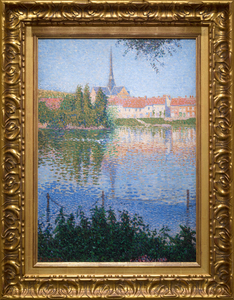
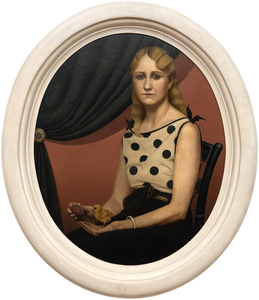
,_new_mexico_tn40147.jpg )
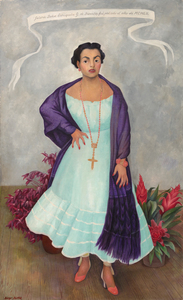
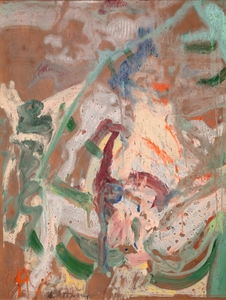
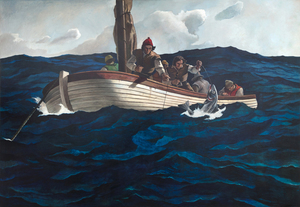
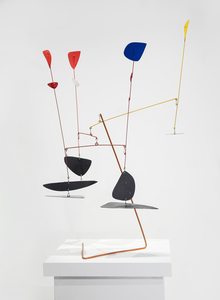
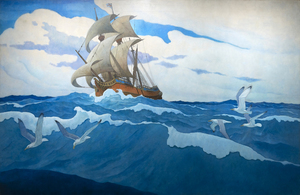
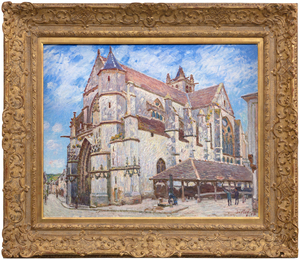
_tn45742.jpg )
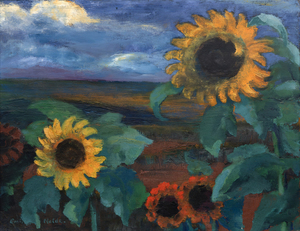
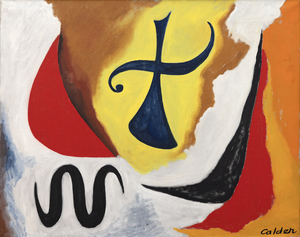
_tn43950.jpg )
_tn45739.b.jpg )

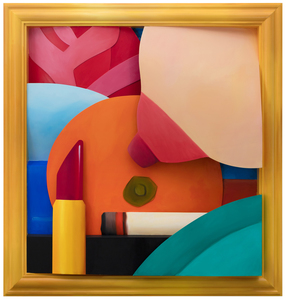
_tn45741.jpg )
_tn45731.jpg )
_tn45733.jpg )
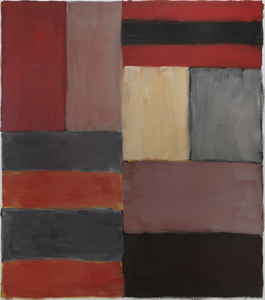
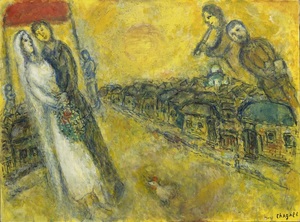
_tn40169.jpg )
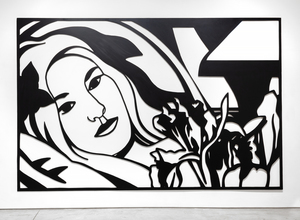
_tn45732.jpg )
_tn27035.jpg )
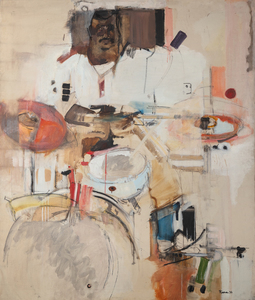
_tn45736.jpg )
_tn45745.b.jpg )
